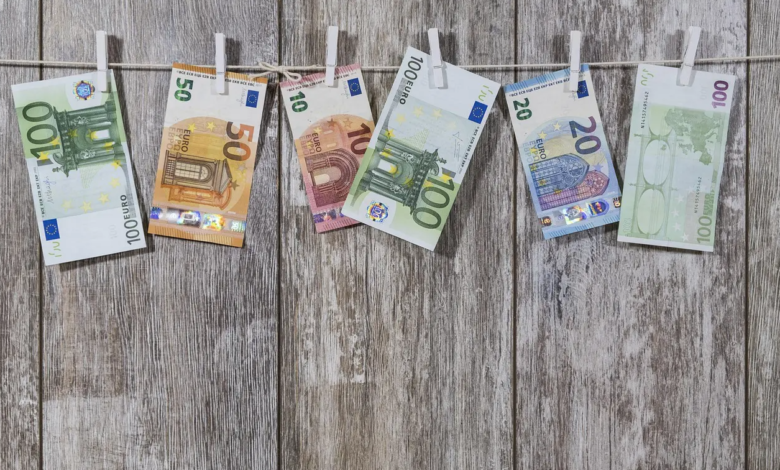To really cut fossil subsidies in Europe we must also count those implied

Climate Action Network report on new fossil subsidies growth in Europe
(sustainabilityenvironment.com) – The EU must adopt a formal definition of “fossil subsidies” to be able to eliminate them sooner and more comprehensively. It also touches on the implicit subsidies, and include in the various national NPIEC more transparency on this issue. The suggestion comes from Climate Action Network (CAN) in a dossier dedicated to analysing the situation of fossil subsidies in Europe.
Over the past 15 years, fossil subsidies have fallen very slowly – too slowly to keep pace with the pace of transition. And after the crash of 2020 (they dropped to 52 million euros, especially due to the slowdown in transport) the curve has returned to grow, first for the post-Covid rebound and then as a response of many European countries to the energy difficulties generated by the war in Ukraine.
read also EU sets target for Cop28 in Dubai: fossil phase-out in global agreement
After 2020, “fossil fuel subsidies have increased in all Member States” so much so that “at least 18 EU Member States have cut fuel taxes, in response to the rise in the price of energy following the war in Ukraine”. The problem, Can notes, is that fuel duty cuts and indiscriminate price caps “increase demand for fossil fuels and in most cases are not aimed at protecting low-income families. For example, in the EU, the richest 10% of households spend 8 times more on diesel and petrol than the poorest 10%”.
Recipes to switch off fossil subsidies in Europe
To change course, not only must the EU equip itself with a guide-definition of fossil subsidies, but it must build it also integrating the “implicit” subsidies, that is the “hidden costs” of fossils that are not paid by the companies and fall entirely on society: “are a kind of subsidy because polluters do not pay for the damage they cause,” the report says. That recommends adopting the definition of the International Monetary Fund to cut fossil subsidies in Europe. According to IMF calculations, in fact, in 2020 subsidies reached 2% of European GDP, that is almost 260 billion euros.
The second step should see more attention to these subsidies in the National Energy and Climate Plans to be revised in 2023-24. The PNIEC “should be used by Member States to increase the transparency of fossil fuel subsidies through consistent monitoring and reporting of these subsidies, progress in phasing them out and a roadmap for their cessation, including annual targets”.





